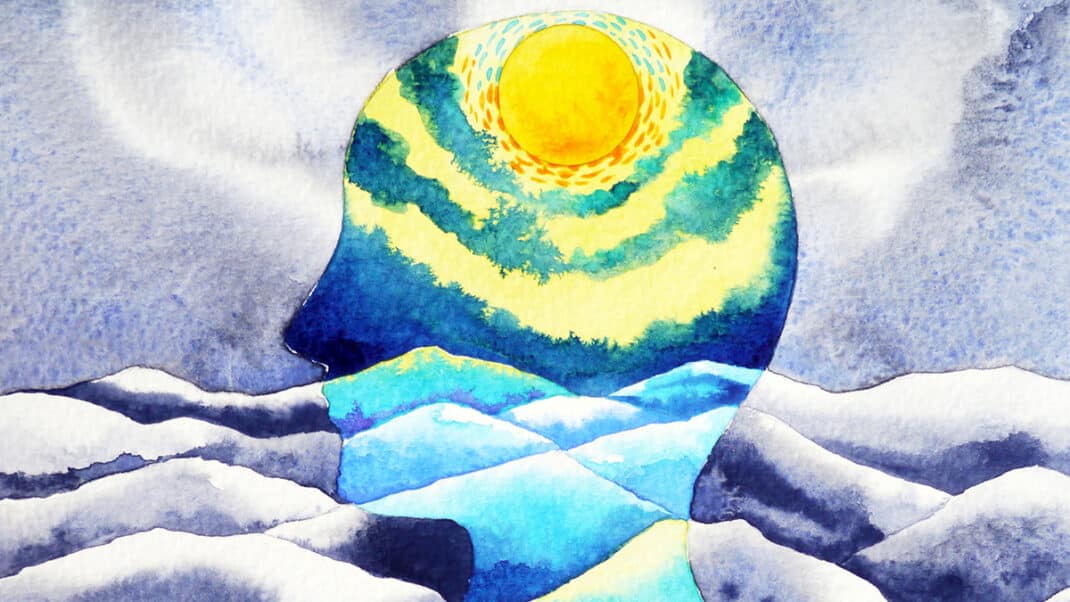Flow to Health and Happiness, Part One
One of my favorite stories from the best-selling book Finding Flow: The Psychology of Engagement with Everyday Life by Mihaly Csikszentmihalyi, PhD (say Chick-SENT-me-high a few times to get it down) is the account of a woman with severe schizophrenia, who had been hospitalized for 10 years in the Netherlands without improvement. Her medical team arranged for her to complete Csikszentmihalyi’s flow-monitoring program. A timer went off throughout the day, signaling her to complete a minisurvey on her emotions, thoughts, level of engagement, etc. Her report showed that her only positive moods occurred while manicuring her fingernails. So the medical team arranged for her to be trained as a manicurist. She began to offer manicures to other patients and soon became well enough to be discharged. A year later she was leading a self-sufficient life as a manicurist.
For this woman, tending to nails led her to be in flow, defined as a state of complete absorption in a complex and challenging activity that stretches one’s skills. Csikszentmihalyi has made the exploration of flow the centerpiece of his career because he believes that being in flow generates the peak experiences in our lives. The more flow we experience, he suggests, the happier we are.
A Sense of Effortless Action
Formerly a psychology professor at the University of Chicago and now director of the Quality of Life Research Center at Claremont Graduate University in Claremont, California, Csikszentmihalyi has spent decades researching the psychology of optimal experience, or what he calls flow. “Flow is the experience people have when they are completely immersed in an activity for its own sake, stretching body and mind to the limit in a voluntary effort to accomplish something difficult and worthwhile” (Csikszentmihalyi 1997). Many people use the term flow to describe “the sense of effortless action they feel in moments that stand out as the best in their lives. Athletes refer to it as “being in the zone.” (Csikszentmihalyi 1997). Flow can also involve anticipating desired states–which can be as engaging as actually reaching those states; a good example is elite athletes using pre-event visualization.
Csikszentmihalyi (2000) initially portrayed flow as a “channel” representing an optimal balance between one’s perceived abilities and the perceived challenge of the task at hand; when this optimal balance is present, there is neither boredom (too much skill for the challenge) nor anxiety (too much challenge for the skill). Paradoxically, this balance enables a person to be fully engaged in the experience for its own sake and yet achieve optimal outcomes.
So what are the characteristics of a flow experience? They include clear goals, decisiveness, the merging of action and awareness, complete (yet effortless) concentration, a sense of control, loss of self-consciousness, an altered sense of time, immediate feedback and an autotelic emphasis (Csikszentmihalyi 1993; Nakamura & Csikszentmihalyi 2002). The word autotelic is used to describe experiences where one is focused solely on the activity itself, not on how it will affect one’s ego (e.g., “If I do this, my friends will think I’m cool”).
Flow, an Uncommon Experience
Having plenty of flow experiences in our lives enhances our well-being, yet in a German study only 23% of people surveyed said they often experienced flow and 40% rarely or never had flow experiences (Csikszentmihalyi 1997). So there is a lot of room for improvement. It’s perhaps especially crucial for children and adolescents to develop skills and activities that produce flow, bringing life satisfaction, self-esteem and efficacy early in life. Teens are much less likely to get into trouble if their lives are populated with flow experiences (sports, music, hobbies, and–for better or for worse–video games).
Most of us get the majority of our flow opportunities in our work, but often we don’t fully enjoy them because we are anxious about our to-do list or distracted by external pressures. Our leisure time offers its own flow opportunities in pursuits like challenging ourselves athletically, playing the piano or learning to cook. (Watching TV doesn’t produce flow, nor does eating in the absence of stimulating conversation.)
As a wellness professional or coach, you can add a new dimension to your sessions by introducing clients to the concept of flow and helping them discover ways to experience more of it in their lives. In the next installment we will look at steps to help guide you and your clients toward more and better flow experiences in everyday life.





